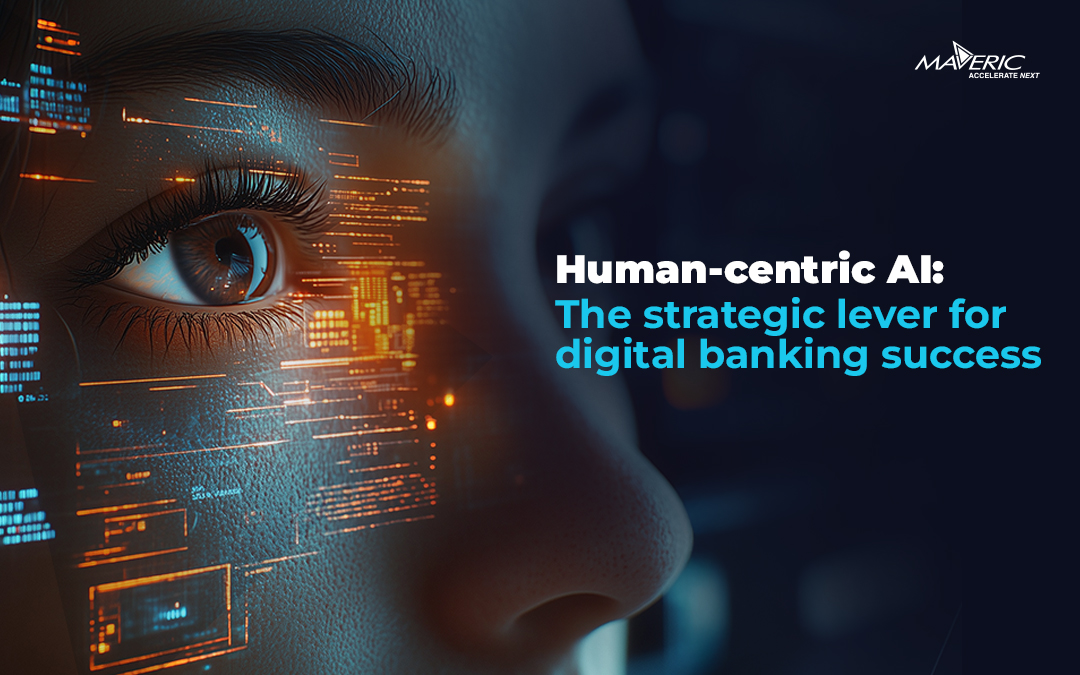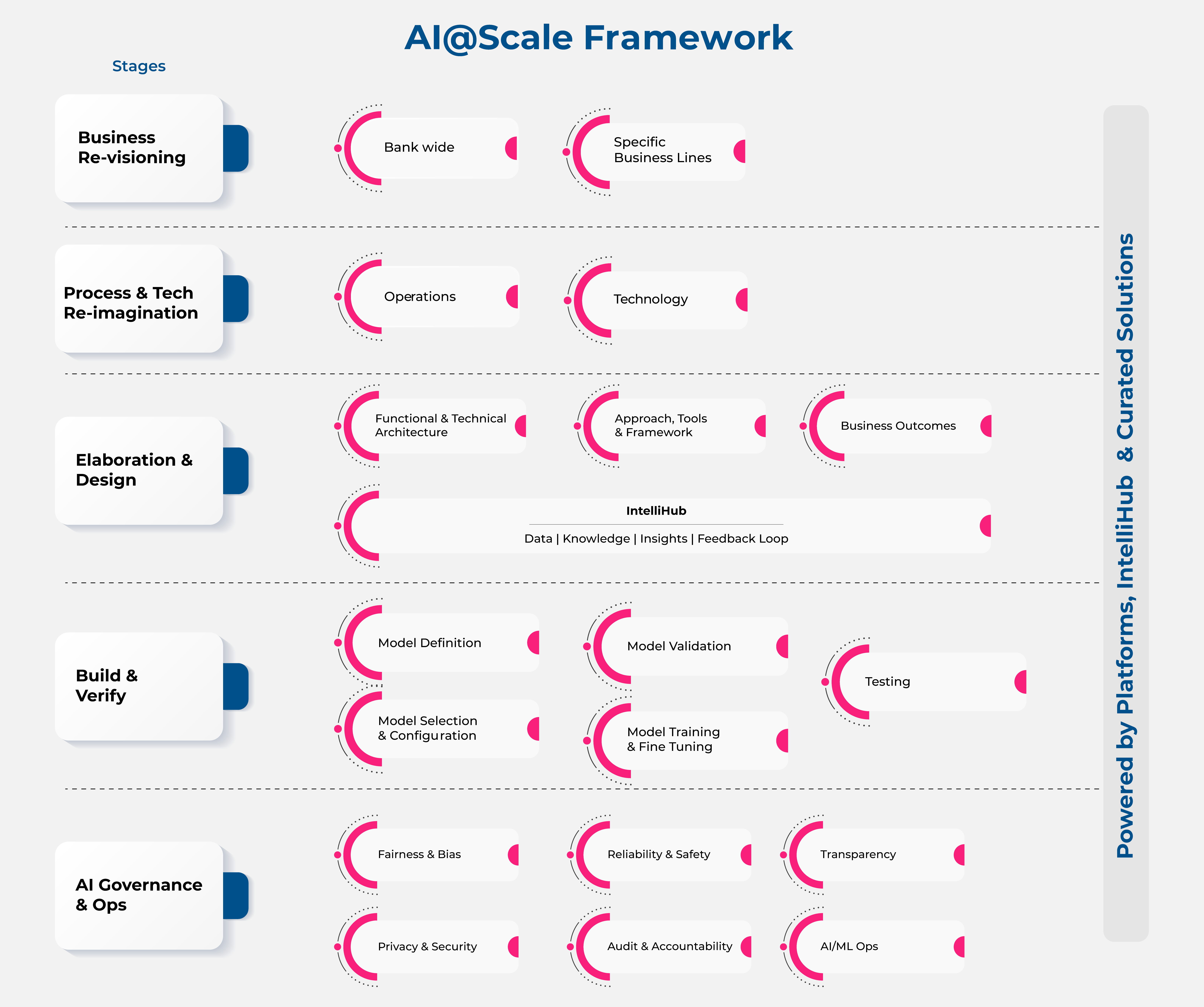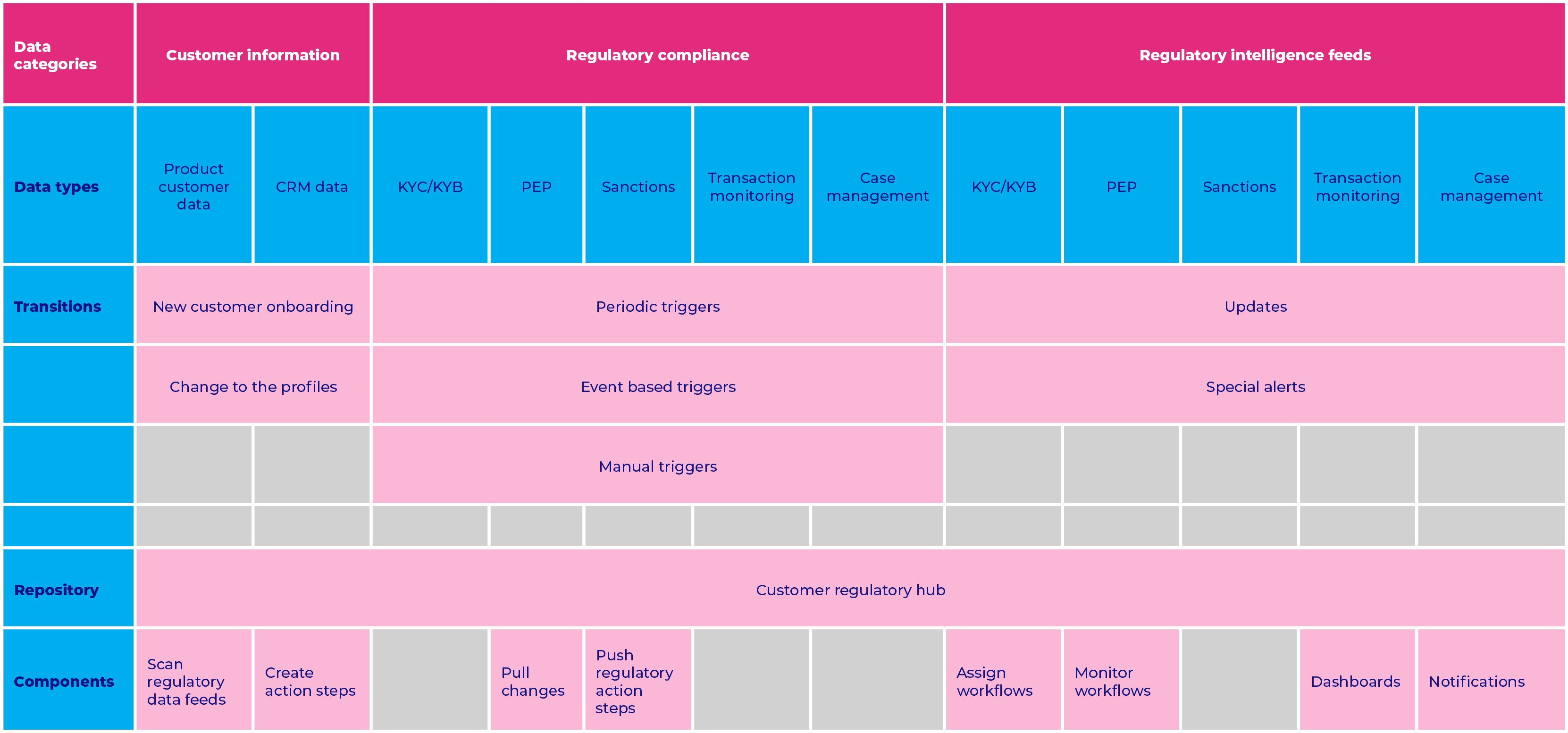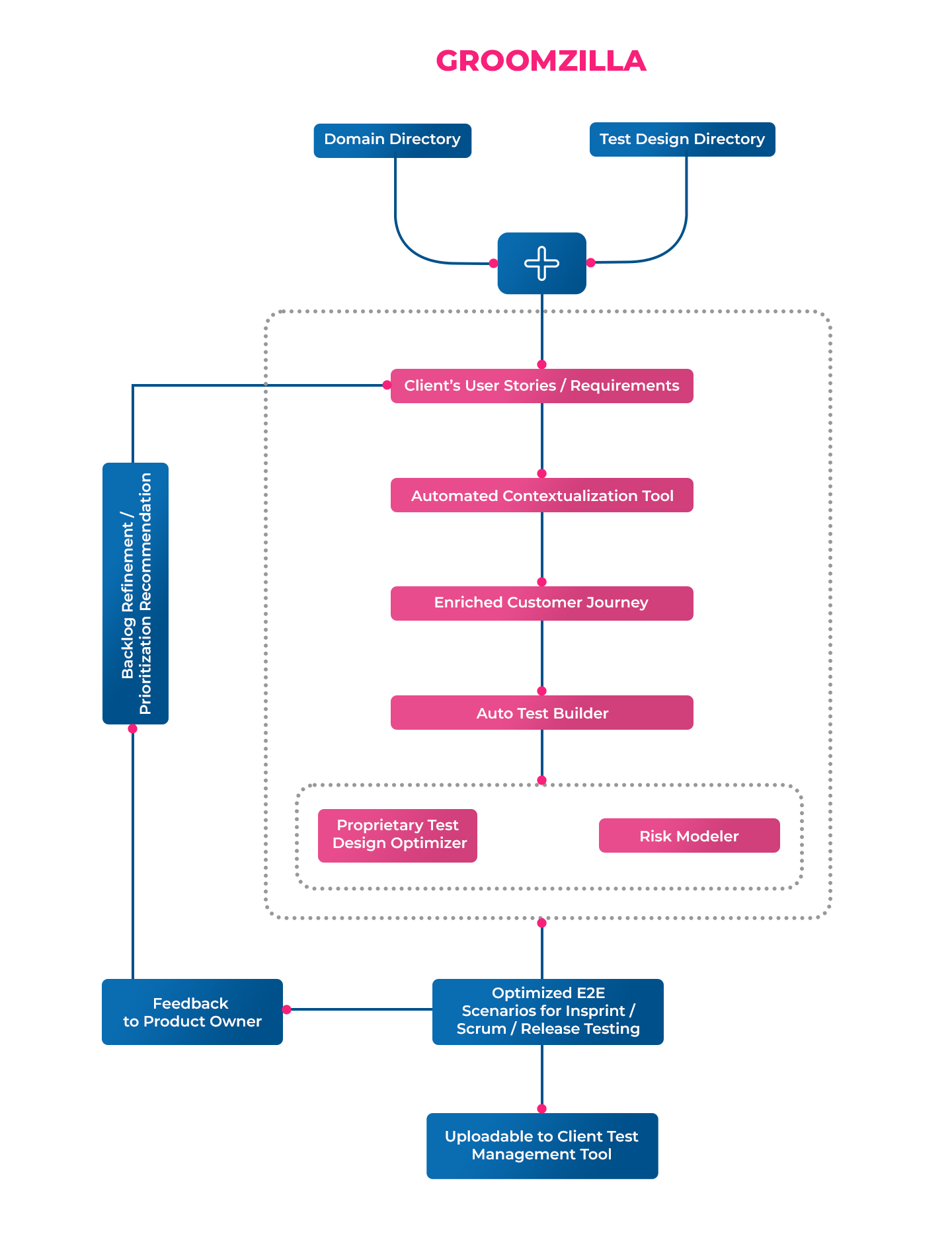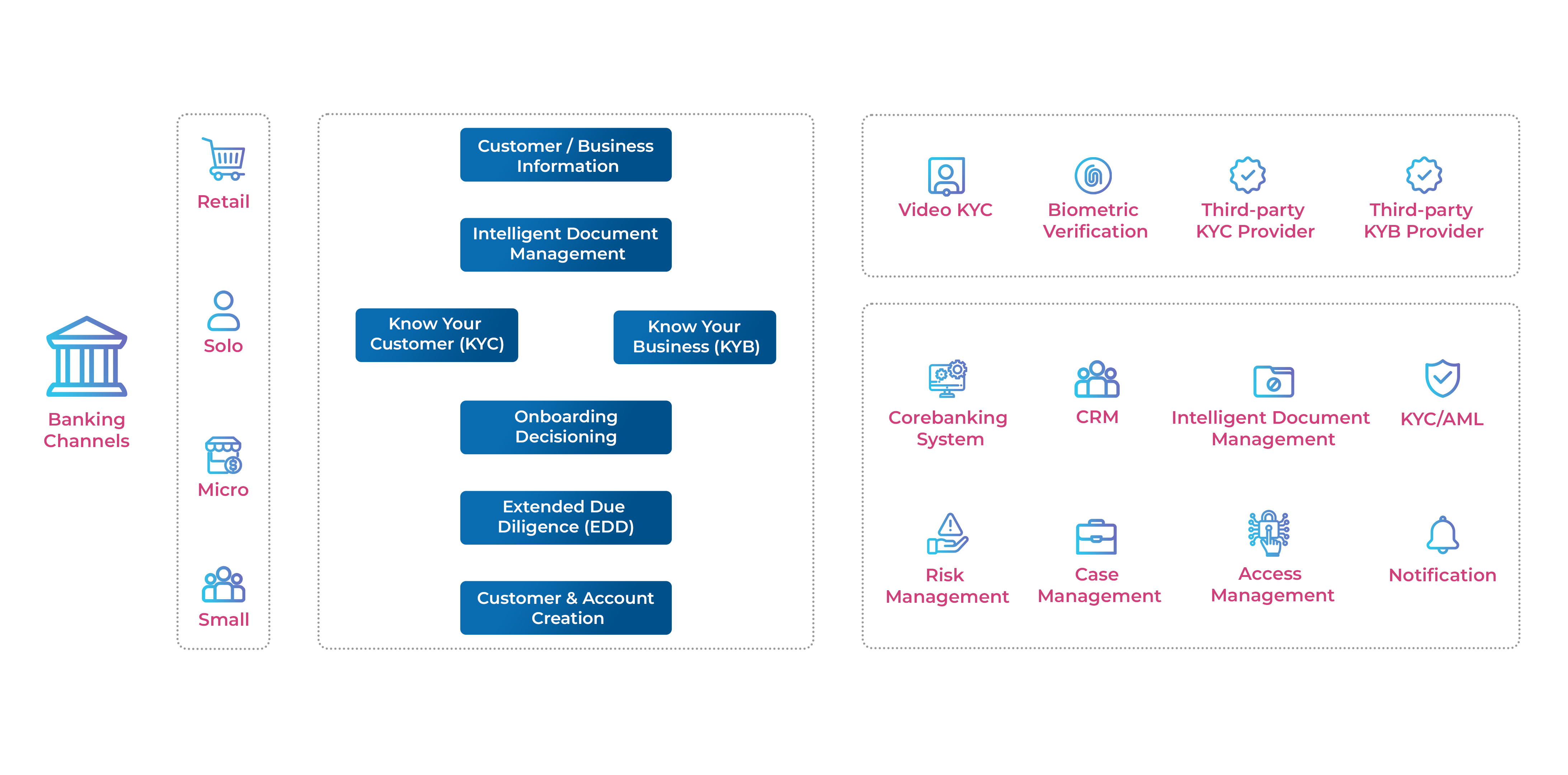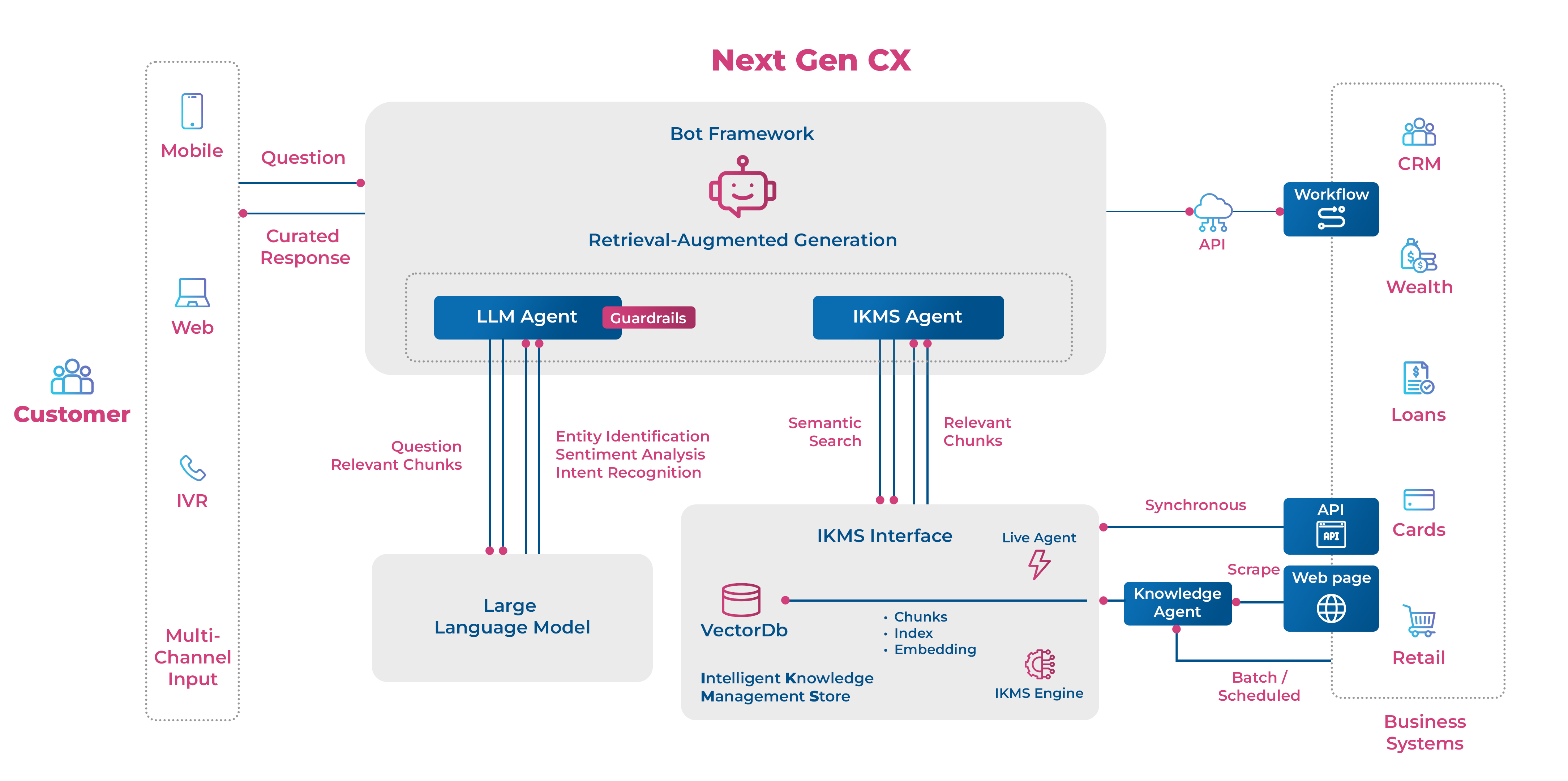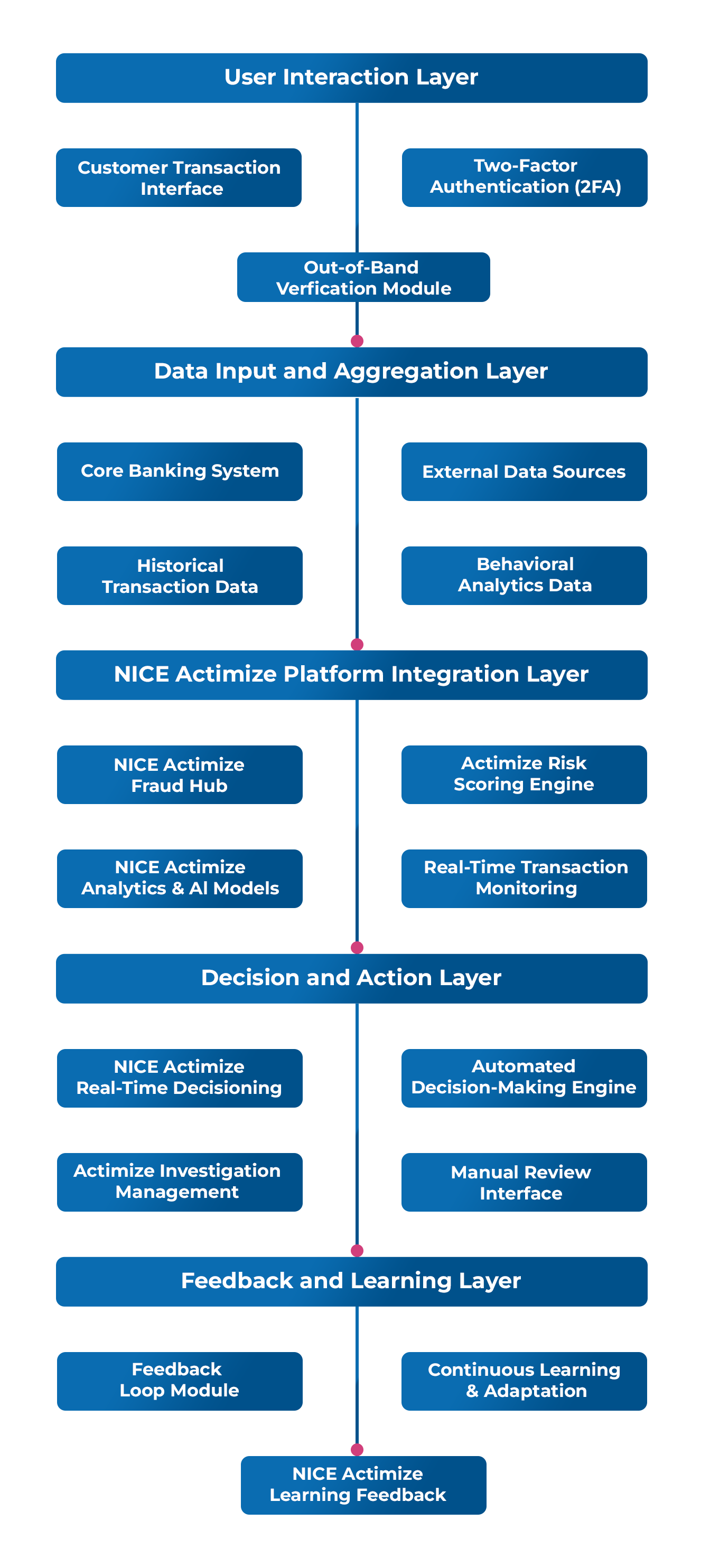AI is reshaping customer experience but only when guided by ethics, empathy, and smart strategy. From fraud detection to emotional intelligence, the future of AI lies in trust, transparency, and a little human touch
We’re now deep into the era where artificial intelligence (AI) isn’t just managing backend ops it’s on the frontlines, interacting with customers, resolving complaints, personalizing services, and even making judgment calls. As exciting as that sounds, it comes with a double-edged sword. One mistake a misread emotion, an opaque decision, a biased recommendation and customer trust erodes faster than a dropped call in the middle of a Zoom pitch. At the intersection of technology, empathy, and accountability, this story digs deep into the ethics, impact, and real-world ROI of enterprise AI. Because if AI is the new interface, governance is the new guardrail.
The Fine Print of Fairness: Building Ethical AI Governance:
Before we start counting conversions or scaling service bots, AI needs one thing above all: a moral compass. Ethical governance is not just a side note it’s the backbone of trustworthy AI. That begins with fairness, which demands diverse and inclusive datasets. If your AI hasn’t learned from all walks of life, don’t expect it to treat everyone equally. Regular audits are essential not just once during training, but periodically after deployment. Transparency isn’t a feature. It’s a right. Customers need to know why a decision was made, especially when it affects access to loans, healthcare, or essential services. Clear explanations not vague “AI recommendations” help avoid the black-box syndrome. Accountability completes the trio. No system should be left unmonitored. Businesses must set up human oversight mechanisms and create appeal routes when AI impacts decision-making. And data privacy? That’s non-negotiable. Sensitive or inadvertently captured data should be ring-fenced, not funnelled into another model training loop.
When Machines Try to Feel: Emotional Intelligence in AI
AI can process language. It can recognize patterns. But can it truly understand you? Here’s the thing emotionally intelligent AI is still in its infancy. While large language models are great at sentence structure, picking up sarcasm, grief, urgency, or empathy in tone or facial expression is a whole other game. Misinterpreting a distraught customer as “angry” or a joke as “serious” can backfire badly in emotionally sensitive scenarios. Until AI evolves to understand us better, businesses must create fluid escalation paths to humans. Let the bot take the FAQs—but when things get heated or heartfelt, let a person step in.
Kumaresan Arunachalam – Associate Vice President, Avalon Consulting
“By having a strong ethical governance structure, businesses can build trust and long-term customer relationships while deploying AI. This means creating systems that are transparent, fair, and have human oversight baked in right from day one.”
Industry Check: Where AI Fits, and Where It Doesn’t (Yet)
AI adoption isn’t a blanket solution. Some industries are primed for full-scale AI, others need a subtler approach. For transport, utilities, and telecom industries full of rule-based, repetitive tasks AI delivers scalable impact. It handles ticketing, billing, outage reports, and service inquiries with ease. But in industries like healthcare, wealth management, or law, AI is best as a co-pilot. These fields demand nuanced judgment, contextual understanding, and, frankly, human empathy. In these cases, AI supports decision making but shouldn’t replace it.
The Executive Playbook: Marrying Strategy with Empathy
For leaders, the AI playbook isn’t about maximizing automation. It’s about amplifying human potential. This means designing customer journeys that blend AI efficiency with human empathy. Training employees to partner with AI tools, rather than compete with them. And building governance frameworks that ensure every model aligns with core business values.
AI’s Real-World Impact on Business Operations
AI has shifted from pilot projects to mission-critical applications. From fraud detection in banking to demand forecasting in retail, the AI impact is tangible. Predictive models are helping companies see around corners—flagging potential churn, optimizing marketing spend, and de-risking decisions.
From Warehouses to Boardrooms: AI in the Supply Chain
Supply chains used to rely on spreadsheets and manual oversight. Not anymore. AI is now reading historical data, monitoring real-time disruptions, and adjusting forecasts accordingly. Whether it’s optimizing warehouse layouts, predicting demand spikes, or sourcing alternate vendors during crises—AI is transforming logistics from reactive to proactive. The payoff? Reduced costs. Increased adaptability. And a whole lot more agility.
Decoding the ROI: What’s the Real Return on AI?
Let’s face it—calculating AI ROI is trickier than a traditional IT upgrade. It’s not just about cost savings or headcount reduction. You have to zoom out. Yes, automation cuts costs. But the deeper value lies in smarter decisions, better customer retention, and faster go-to market strategies. For ROI to be meaningful, businesses must track both quantitative and qualitative metrics.
Rajive Choudhary – Director of Software Engineering, Sabre GCC Bengaluru
“AI success can’t be measured on a single axis. Revenue growth, cost optimization, NPS scores, model accuracy, and ethical alignment all of these matter. A balanced mix of KPIs reveals AI’s real impact beyond spreadsheets.”
Data Is King, But Quality Is Queen
You can’t run intelligent systems on dumb data. AI models are only as good as the data they’re fed. Garbage in, garbage out except now it’s automated and scaled. The solution? Strict governance, automated validation tools, and real-time monitoring. Keep your data clean, unbiased, and representative. And revisit it regularly.
Kishan Sundar – Senior Vice President & Chief Technology Officer, Maveric Systems
“AI is no longer optional, it is a critical asset for improving efficiency, mitigating risk, and enhancing real-time intelligence. Enterprises embedding AI into operational frameworks are seeing measurable gains from fraud prevention to supply chain resilience.”
Scaling AI: Why Pilots Fail and How to Get It Right
Most businesses hit a wall after the pilot phase. Scaling AI isn’t just a tech problem it’s an organizational one. Data silos, lack of skilled teams, unclear accountability, and regulatory hurdles are common roadblocks. But with the right infrastructure, cross-functional alignment, and executive buy-in, AI can go from experiment to enterprise-wide success.
The Human in the Machine
AI is powerful. But it’s not infallible. Nor should it be. At its best, AI extends human capability. At its worst, it impersonates empathy and fails silently. The secret isn’t to make AI flawless it’s to make it accountable, explainable, and fair. When businesses invest in ethics, emotional intelligence, and thoughtful deployment, AI stops being just a tech trend. It becomes a trust engine. Because in the end, the smartest system is still the one that knows when to ask a human for help.
Article Originally Published in PC Quest
